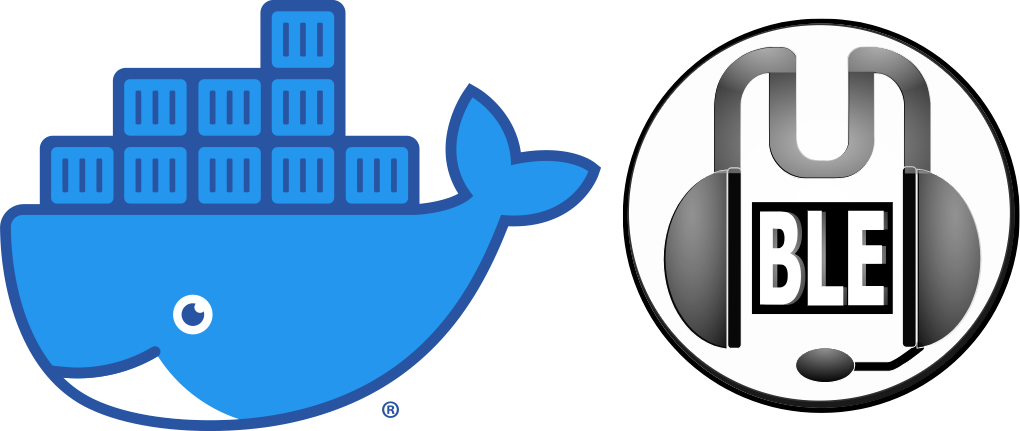|
|
5 years ago | |
|---|---|---|
| files | 9 years ago | |
| .dockerignore | 6 years ago | |
| .editorconfig | 6 years ago | |
| Dockerfile | 5 years ago | |
| LICENSE | 7 years ago | |
| Makefile | 6 years ago | |
| README.md | 6 years ago | |
| docker-mumble.png | 6 years ago | |
| pipeline.yml | 5 years ago | |
| upload_pipeline.sh | 6 years ago | |
README.md
docker-mumble

Docker image for mumble server.
Running the Container
In order to persist configuration data when upgrading your container you should create a named data volume. This is not required but is highly recommended.
docker volume create --name mumble-data
After the data volume has been created run the server container with the named data volume:
docker run -d -p 64738:64738 -p 64738:64738/udp -v mumble-data:/etc/mumble --name mumble-server sothr/mumble:latest
Optional 'docker run' arguments
-e TZ=America/Phoenix - Set the timezone for your server. You can find your timezone in this
list of timezones. Use the (case sensitive)
value from the TZ column. If left unset, timezone will be UTC.
--restart unless-stopped - Always restart the container regardless of the exit status, but do not
start it on daemon startup if the container has been put to a stopped
state before. See the Docker restart policies
for additional details.
Get/Set the SuperUser Password
After starting your container, you can get the randomly generated SuperUser password with:
docker logs mumble-server 2>&1 | grep "Password for 'SuperUser'"
--- OR ---
Manually set a new SuperUser password with:
docker exec -it mumble-server supw
NOTE: This can be run at any time to update the SuperUser password
Edit the Config
Once you have a running container, you can edit the config with:
docker exec -it mumble-server vi /etc/mumble/config.ini
After saving changes, restart your container:
docker restart mumble-server
Copyright
This project is licensed under the MIT License.
